|
Lee took Paul on s trip to Indian River Inlet on Sunday. The wind was light and the weather mild. The water was clear and birds were active. There was pelnt of space to fish. Paul caught this shad on a small arctic Fox treatment in white with some ice wing fiber in UvHue pearl. He used an 8wt Redington Crosswater Rod and a Lamson reel loaded with the new Rio Coastal Quick Shooter line. The pink color really stands out. It loads well even in short. Paul saw the fish break up current from him and made perfect cast to intercept the nice shad. The main slug of fish had not come by yet. Resident fish and Shad are willing participants though. Get out and fish!
Lee checked in with some nice striper. He reports steady action on the right tide using a black and purple beast master general variant. According to Lee, "The time to get out and fish is now. The fish are hungry" Guide trips are available for trout, striper, shad and bass.
Ryan caught some short stripers and shad on an early morning incoming tide. The Striper ate a flat wing in dark colors. The shad ate a small white hair wing.
Striper are in multiple locations in our area. This fish was caught on an 8+ inch flat wing. We are happy to help you get set up to tangle with fish like this. Guide trips are available. Ryan checked in with s few pictures of a successful morning at the jersey shore. He used a Sage Motive and a Lamson Guru. His fly of choice that day was a puglisi style fly tied by Lee. Keep up the great work Ryan! If you have any questions so hesitate to swing into the shop, give us s call or hit us up on facebook. We can get you outfitted and give you the detailed info so you can find success on the water. NEWS FROM THE DELAWARE DEPARTMENT OF NATURAL RESOURCES AND ENVIRONMENTAL CONTROL
Contact: Joanna Wilson, DNREC Public Affairs, 302-739-9902 Division of Fish & Wildlife reminds anglers: Recreational striped bass regulation change to take effect on May 11 DOVER (May 7, 2015) – DNREC’s Division of Fish & Wildlife reminds anglers that the new recreational striped bass regulation will take effect May 11. The revised regulation brings Delaware into compliance with the Atlantic States Marine Fisheries Commission’s Atlantic Striped Bass Fisheries Management Plan, which now requires a 25-percent reduction in both the recreational and commercial striped bass harvests in 2015. The new regulation reduces recreational harvest through changes in size limits, but maintains Delaware’s current seasons and possession limits. “This regulation maximizes opportunities for all of Delaware’s recreational anglers to catch striped bass, the favorite fish for many anglers, while also achieving the mandated reduction in Delaware’s recreational harvest,” said Division of Fish & Wildlife Director David Saveikis. Under the new regulation, a recreational angler is allowed possession of two striped bass per day (in any combination) from 28 to 37 inches or 44 inches or greater, with the season open year-round for all state waters except those covered by the summer slot season or spawning closures. The popular striped bass summer slot season (July 1-Aug. 31 in Delaware Bay, Delaware River and their tidal tributaries) remains in place, but with a reduced slot size of 20 to 25 inches. The summer slot season daily possession limit is two fish. The spawning season closure remains in effect from April 1 through May 31, with no striped bass to be kept from the Nanticoke River or its tributaries, the Delaware River and its tributaries north of and including the south jetty of the C&D Canal, or the C&D Canal and its tributaries. Striped bass caught in these areas during spawning season must be immediately released back into the waters. The commercial striped bass quota for 2015 has automatically been reduced by the required 25 percent in accordance with established regulation procedure. The notice of an expected regulation change was included in the print version of the 2015 Delaware Fishing Guide, but it did not contain the updated information; the online version of the guide will be updated to include the new size limits at 2015 Delaware Fishing Guide. For more information on striped bass regulations, call the Fisheries Section at 302-739-9914 or visitwww.dnrec.delaware.gov/fw/Fisheries. The Articulated tying class wrapped up this past Wednesday. During the past four weeks we really had a great time tying some really cool patterns. Big, articulated "meat" flies are fun to tie and even more fun to fish. Having a class based on these type of flies was a new venture for us and we think it was a huge success. When setting up this class we wanted to chose patterns that could be fished in our local waters and had crossover between Trout, Smallmouth and Salt Water species. We also wanted the class to have some diversity in fly design. One of the most important features in Articulated fly design is the head of the fly. We chose four very different head designs on four very different, but very effective patterns. In week one we tied Kelly Galloup's Pearl Necklace. This fly employs a Fish Skull for a head and lots of marabou in the tail. I have had good success with this fly on both Smallmouth and Trout. I have not fished it in the salt yet, but I am confident this fly will be right at home in the maw of a big 'ole Striper. Week two had us tying another Galloup pattern, the T&A. This pattern uses a stacked wool head and tons of marabou on both the front and rear hooks. Great for a wide profile bait fish like juvie Trout, Fallfish, Mullet or Bunker,.TThe colors of this pattern are limited only by the tyers imagination. We may have pushed the envelope a little on week three and we tied a triple articulated beast from the mind of Rich Strolis. The Juggernaut, while easy to tie is not for the faint of heart. At a full 7" long this fly is definitely a "big fly big fish" candidate, but because of the design it is surprisingly light and easy to cast. The new Fish Mask was used on our fly, this may be my favorite new product form the Flymen company. Our forth and final pattern was another Galoup pattern called the Boogie Man. This Was my most consistent Smallmouth pattern this summer and I have been having some success with it on local Trout, in a scaled down version. This fly swims like crazy and has an action like no other articulated streamer I have seen to date. The Mallard Flanks on the top of the fly give it the sick swimming action. The original pattern is tied with a wool head like the T&A series. We decided to change the head to a stacked deer hair head to add another dimension to the class. Here is a video I shot of the Boogie Man moving through the water. You can really see the tail action of this fly here. Below is a slideshow of the pictures taken from the four classes. I hope the guys in the class had as much fun attending the class as I did instructing it. It was truly a humbling experience to have people come out and watch me tie, an experience I am thankful for. Thank you to all that attended, I appreciate the support! For more information about our tying classes click here. Our Winter Classes are beginning to fill, reserve your spot now so you can tie with us all winter long.
Tight lines... Well, we just finished week #2 of our fly tying classes. A quick check of the "homework" from all three classes tells us everybody is progressing great. Here are a few samples of homework from the advanced class. We started the Tuesday class off with one of the all time classics, the Clouser Minnow. Shad fishing was the theme of the evening and both patterns we did were tied in the classic red / yellow, or red / white color scheme. Perfect for American or Hickory Shad. Because we were tying these patterns "Micro" size Terry opted to use Calf Tail instead of more popular Buck Tail. After everyone in the class finished the Clouser we tied a standard Calf Tail streamer suitable for Shad fishing. The class was fun and informative. Remember guys, the techniques you learned in this class hold true for bigger flies as well as different materials. Ostrich was the theme for the Wednesday class. We introduced the class to two patterns that use Ostrich hurl as part of the recipe. The first fly is a very important, yet often overlooked pattern, the Crane Fly Larva. We used John Barr's pattern as the model for this one. The second fly was the Ray Charles. A Scud pattern that is so effective it is said a blind trout will eat it, hence the name. Both great patterns and we hope you had as much fun tying them as we did teaching them. The saltwater class tied what is possibly the best, wide profile bait fish pattern ever invented, Lefty"s Deceiver. Everybody in the class "nailed it" according to Terry. A box full of these in a few colors and sizes will go a LONG way in our local and not so local saltwater fishing. We did have an epoxy issue. Some impromptu testing on our part reviled it was the resin that there was an issue with. I think it looks kinda cool. I cant wait to see what next week will bring. Till then...
Tight lines We started the winter fly tying classes last week and they went great! Tuesday night is the beginner class. This class is as full as we have ever seen with a total of 17 people attending. We started class with the venerable Green Weenie. A staple pattern in the White Clay and a perfect pattern to start beginning tiers off with. The second fly of the night was the Wholly Bugger. Terry used the verigated chenille for the sample pattern. It is easier to see the two tone chenille when it is being wrapped around the hook shank, and this is why Terry used it. After seeing the end result I think we may have stumbled onto something. It was great to see all of the guys in class learning new techniques. We are proud to say that every fly that was tied in class is "fishable" and everybody did a great job. I am really excited to see some of the homework next Tuesday night. Here are a few more pictures from the Tuesday night class. Night two, the Wednesday night class, is the advanced fresh water class. This class has a core group of guys that return every year. This is a great thing for the shop, because it forces us to come up with new and innovative patterns to teach in class. We say "teach" some might say "torment" but it is all in the name fun. The best way to strengthen your skill set is to tie flies and patterns you might not normally attempt. We jumped right in with a cased Caddis pattern. Definitely an advanced pattern with a section of the fly tied with a dubbing loop consisting of Pheasant tail fibers. A mess for sure while tying the fly, but if done correctly it looks way cool after it is trimmed to shape. The second fly of the night was a "gimme" compared to the first one, the Teeny Nymph. With only 3 materials including the hook and thread this is a "box filler" as you can crank out a bunch of these in short order. Its ease of tying is only matched by its effectiveness in the water. A great night was had by all and once again the homework results will be interesting to see. I am sure everyone will do a great job. Here are a few pictures from the Wednesday night class. The third night of class is the Thursday night Saltwater class. Staple patterns were the theme of the week with the two flies being the Clouser minnow and the Half and Half variation. Do you think it is a coincidence that we start the saltwater tying class with arguably the most effective pattern ever? This is usually the smallest class, which is a shame because there will be a ton of knowledge gained by the attendees after the 6 weeks. The guys did great. The Stripers and Blues are going to be in real trouble this spring when these patterns hit the water. Here are the pictures from the Thursday night class. The tying classes are a great time for both the teachers and the attendees. If you think you may be interested in taking a class click here for more information. Till next week...
Tight Lines |
Archives
January 2019
Fishing
Keep up to date on all things flyfishing. Categories
All
|
|

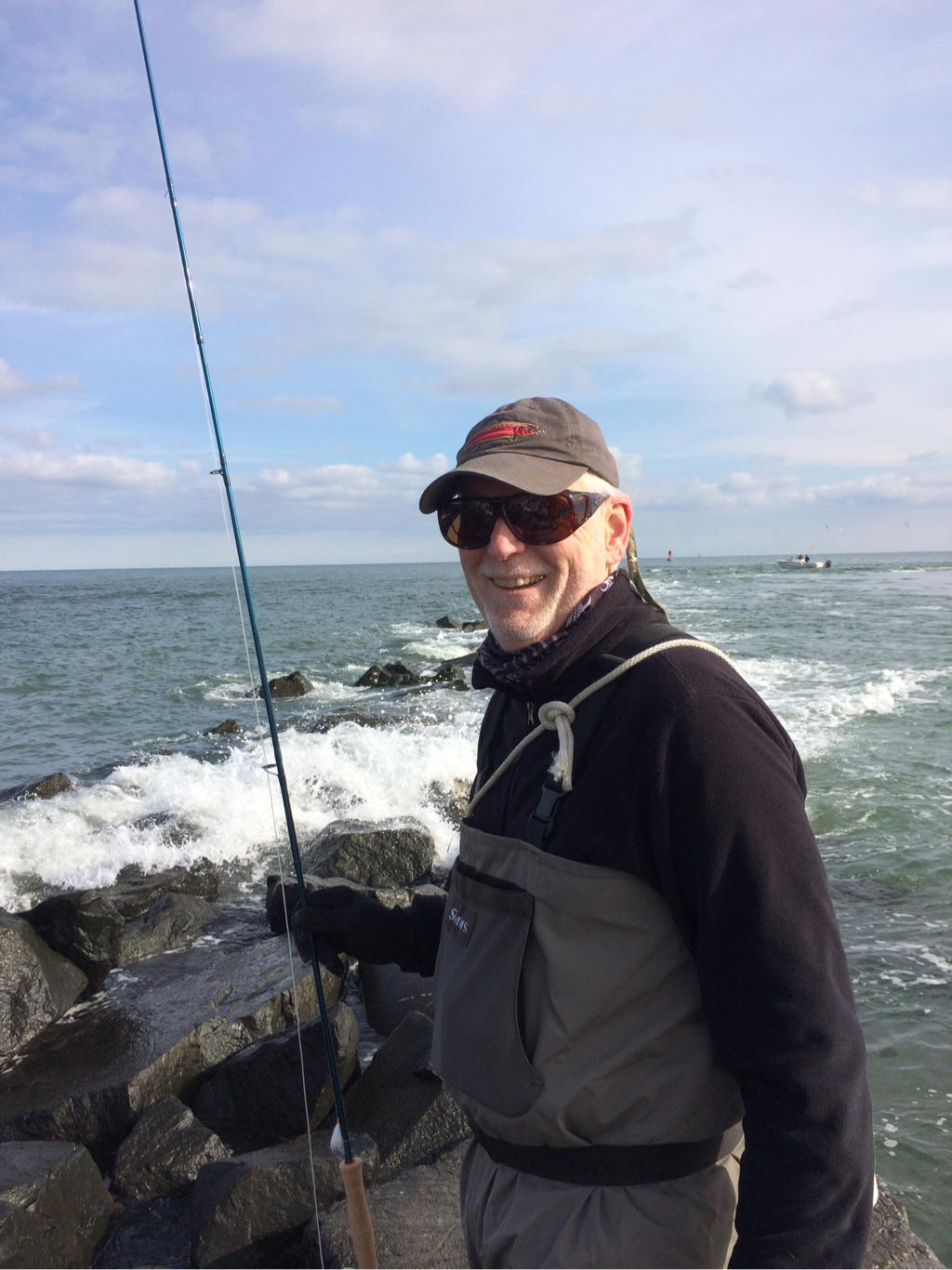


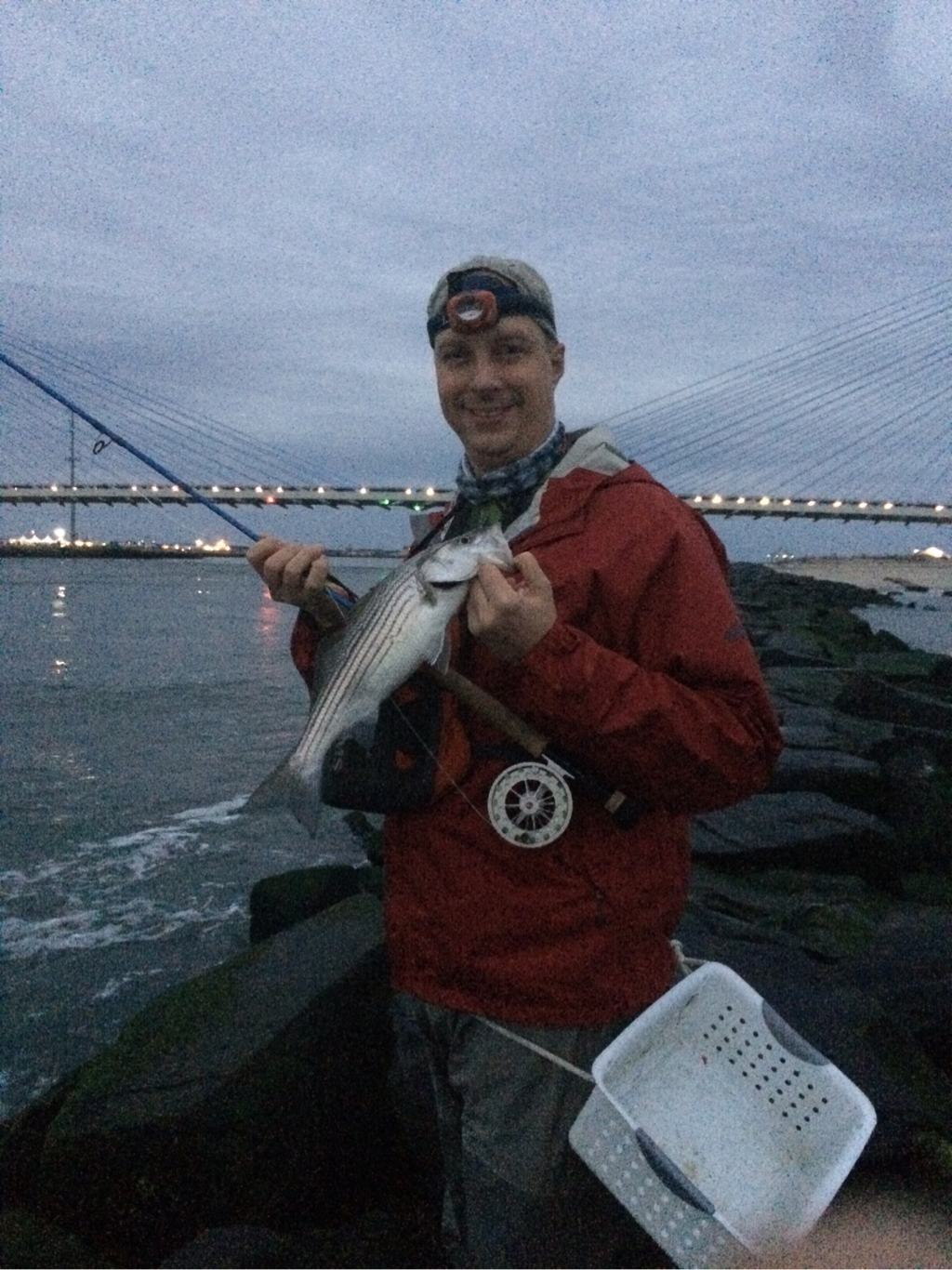
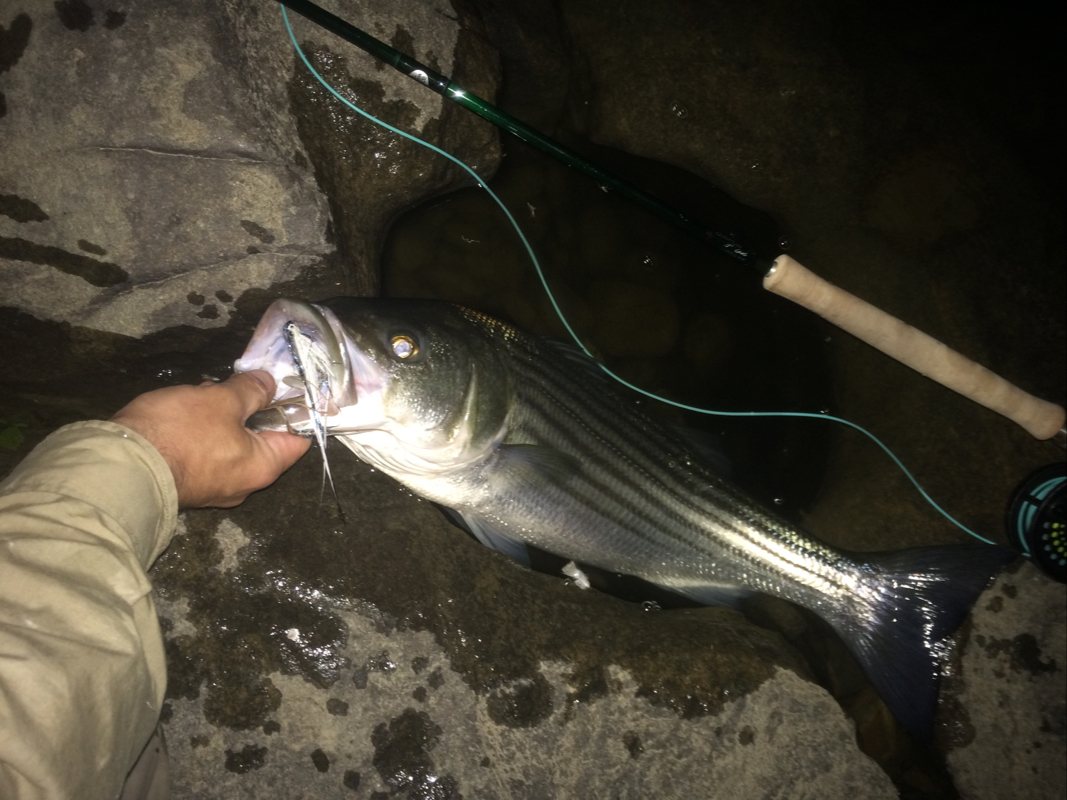
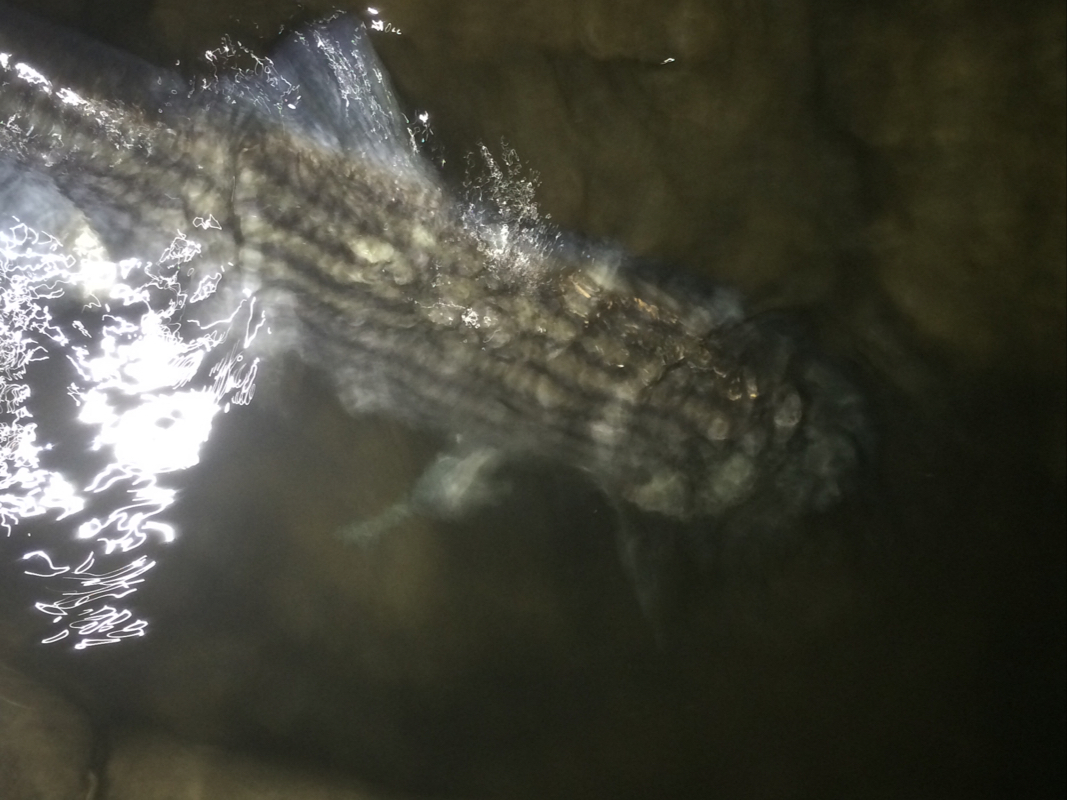






















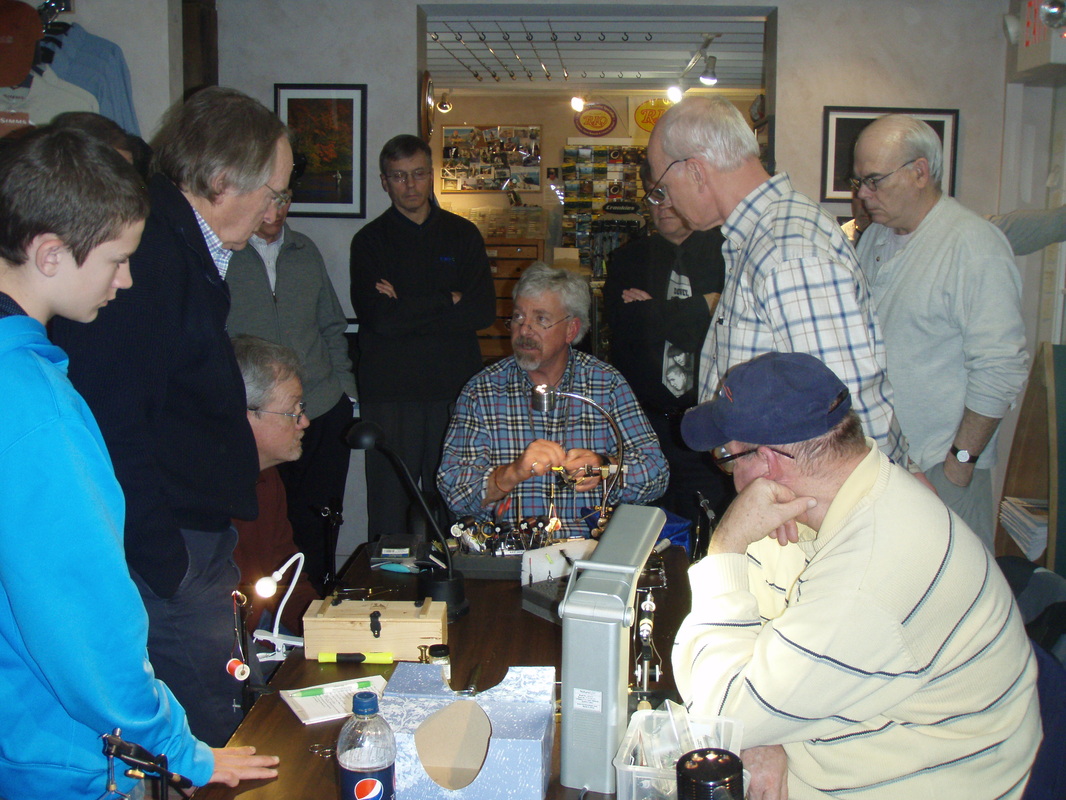


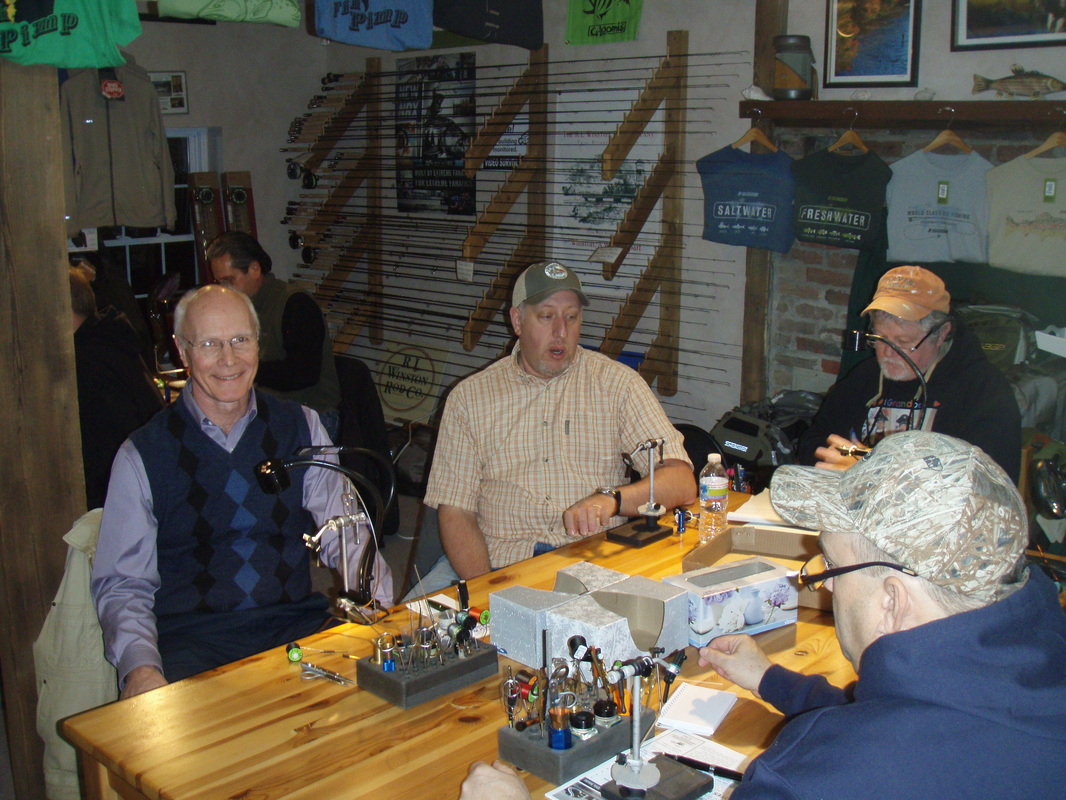






 RSS Feed
RSS Feed
